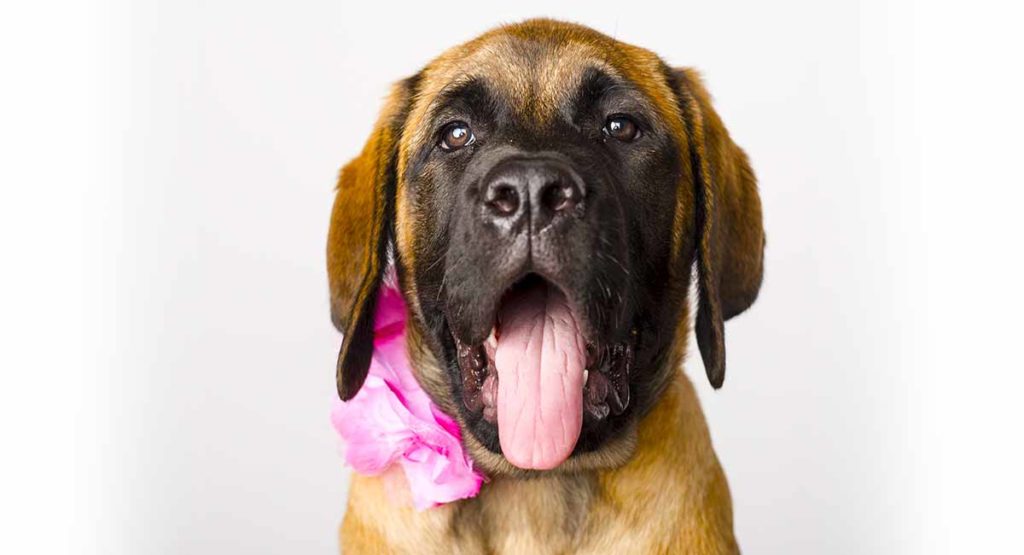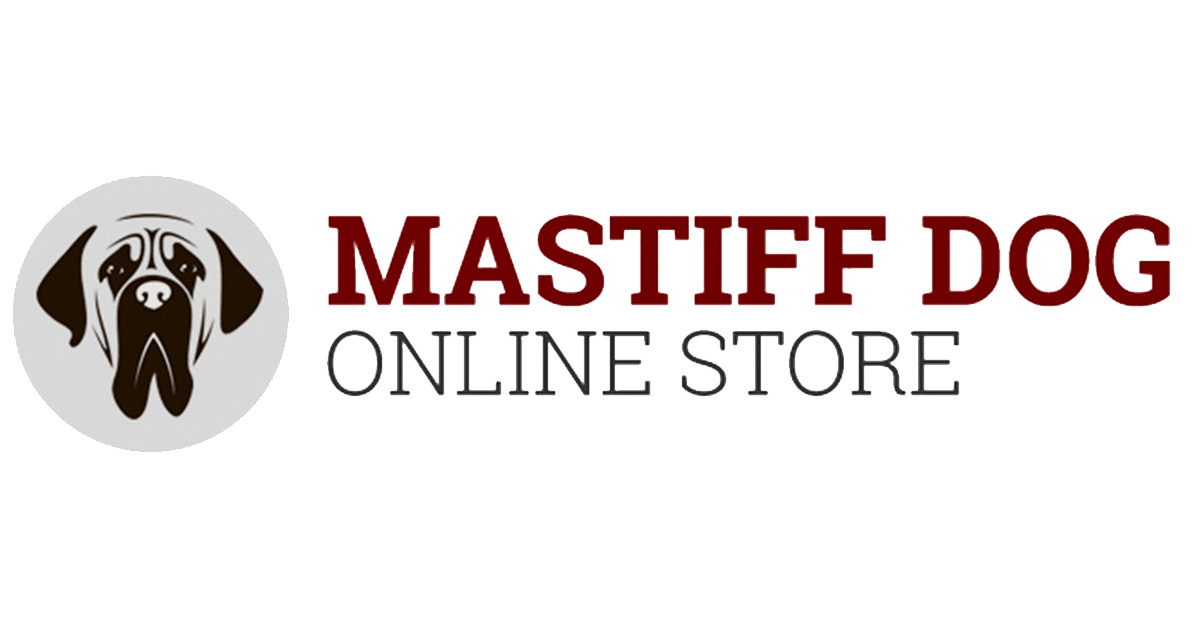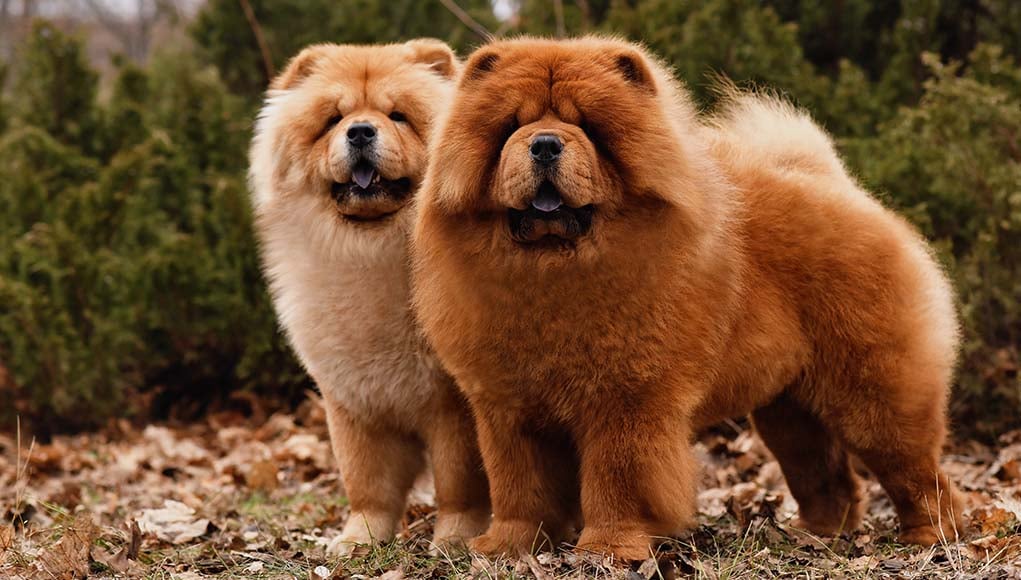Mastiff dogs have a lot of skin due to a variety of reasons. This can give them an advantage in combat. The loose skin is able to shield their bodies from scratching and bites from other animals. A predator is able to easily bite into the skin of a Mastiff. This allows it to move and then bite back with minimal injury. Mastiffs are able to freely move and rotate their heads without restriction, which is vital for finding prey or hunting. Their face and neck may develop wrinkles that help to drain water away from their eyes. This is helpful when they drink or swim. The skin can also regulate the dog's body temperature. The skin functions as an insulation, keeping the dog warm even in cool and cold warmer conditions. Dogs who have loose skin are also prone to sweating and losing heat via it which aids in regulating their body temperatures. Mastiffs have an excess, loose skin that has developed over time to perform many important functions such as protection and flexibility, temperature control and protection. Check out the best dog with loose skin breed tips for site tips.

When Do Mastiffs Reach The Age Of Maturity And Start Going Into Heat?
Mastiffs typically attain sexual maturity between the ages of six and twelve months, however the exact timeframe will vary based on the dog's individual. Female Mastiffs generally go into the heat between six and 12 months. Certain breeds may experience their first heat cycle earlier than that or even as late as 18 months. Although male Mastiffs could show interest in breeding at six months old however, they might not be physically mature enough for it to be a reality until a year after. Responsible breeders need to make sure that their pets' well-being and health are taken into consideration when breeding. It is also recommended to wait until Mastiffs reach at 2 years of age before breeding. This will help reduce health risks and ensure that the dogs are able to handle the requirements of raising puppies as well as pregnancy. A Mastiff's first litter of puppies is expected to be born at around two years of age. If a Mastiff is bred too soon or too often the result could be health issues for the mother as well as her puppies. This could include complications during pregnancy, labor and delivery difficulties, and increased genetic disorders. It is best to wait until Mastiffs are at least 2 years old, and that they have been thoroughly screened for potential health issues prior to breeding them. You should breed only for the goal of improving the breed or creating healthy, well adjusted puppies. It is essential to select breeding pairs that complement one with respect to temperament health, conformation, and temperament and to adhere to responsible breeding practices to ensure the well-being and health of both the mother and puppies. Take a look at the recommended flappy skin dog for more advice.

How Often And How Often Should You Groom Your Korean Mastiff (Dosa Mastiff)?
The Korean Mastiff, which is also known as Dosa Mastiff is a small, thick coat which sheds moderately. They require weekly brushing with grooming gloves or a scrubber to eliminate dead hairs and spread natural oils throughout their coat. It is possible that they have to groom their hair at least twice per year during the shedding season. You can wash them with mild dog shampoo if they smell foul or become dirty. It is essential to ensure that they do not get shampoo, water, or any other substances within their ears and eyes. After bathing clean the dog off with an envelop or a low-temperature blow dryer.
Korean Mastiffs also require regular nail trimming, tooth brushing, and ear cleaning. To avoid excessive growth cracking, splitting, and other problems the nails of Korean Mastiffs should be trimmed approximately once or every two months. Toothbrushing should be done every week at least once in order to prevent tartar build-up. Be sure to check your ears often for signs of infection, redness, and discharge. You can clean your ears with a moist cotton ball, or a dog-ear cleaner if necessary. Read the recommended Korean Mastiff Dosa Mastiff link for website advice.

What Are American Mastiffs Consume, How Often And How Often?
American Mastiffs are like all dogs and require a well-balanced and healthy diet to stay healthy. These are the most important things to remember when feeding your American Mastiff. The quality of the food you feed your dog. Choose a food of high-quality that is suitable for their size, age, and activity level. Look for a diet that is balanced in protein, fat, carbohydrates and vitamins.
Size of the portion- The amount of food that your American Mastiff needs is contingent upon their size, age and activity level. Adult American Mastiffs require 4-6 cups daily. It is possible to divide this into two meals. Dogs younger than 10 years old could require more food.
Beware of feeding too much to American Mastiffs. This could increase the risk of obesity , as well as other health problems such as heart disease or joint pain. Be sure to weigh the food they eat and refrain from giving them excessive food items or table scraps.
Keep an eye on their weight. American Mastiffs need to be regularly weighed in order to maintain a healthy body. Speak to your vet in case you're worried about their weight.
Water - Make sure that your American Mastiff is able to drink fresh, clean water.
Your American Mastiff's specific needs may vary based on their activity level, age and overall health. Talk to your veterinarian about the best feeding schedule for your dog. Read the recommended helpful site about American Mastiff breed for site recommendations.

What Is Dogo Argentina's Favorite Food, How Often And How Much Do They Consume It?
Dogo Argentinos require an appropriate, balanced diet as do other dogs. Here are some suggestions for the food choices of Dogo Argentinos. Fish, beef, chicken as well as lamb are great sources of protein.
Carbohydrates – While they may not be as important as protein, carbohydrates can be a source of energy to your Dogo Argentino. The best sources of carbohydrates are sweet potatoes, brown rice and whole grain.
Fats- Fats can be an important component of Dogo Argentino’s diet. They can also supply vital fatty acids. Flaxseed oil and chicken fat are excellent sources of fats.
Feeding plan: Adult Dogo Argentinaos should have two meals per day. Young dogs might require more frequent feeds. The amount of food your dog needs will vary based on their weight, age and level of activity. Dogo Argentinos as adults should consume between 3 and 4 cups of food and 2 meals a each day.
Controlling portions is crucial to be aware of your dog's portions to make sure they get the correct quantity of food. If you feed your dog too much, it can result in obesity, as well as other health problems.
Water - Your Dogo Argentino must be able to drink fresh pure water at all times.
You should choose high-quality dog food suitable for your Dogo Argentinao's weight, age, and activity level. It is also recommended to consult your vet to determine the right diet and schedule of feeding for your pet. Take a look at the top rated Dogo Argentino breed for more tips. Read more Useful Suggestions When Selecting The Best Mastiff Msftip b569764
